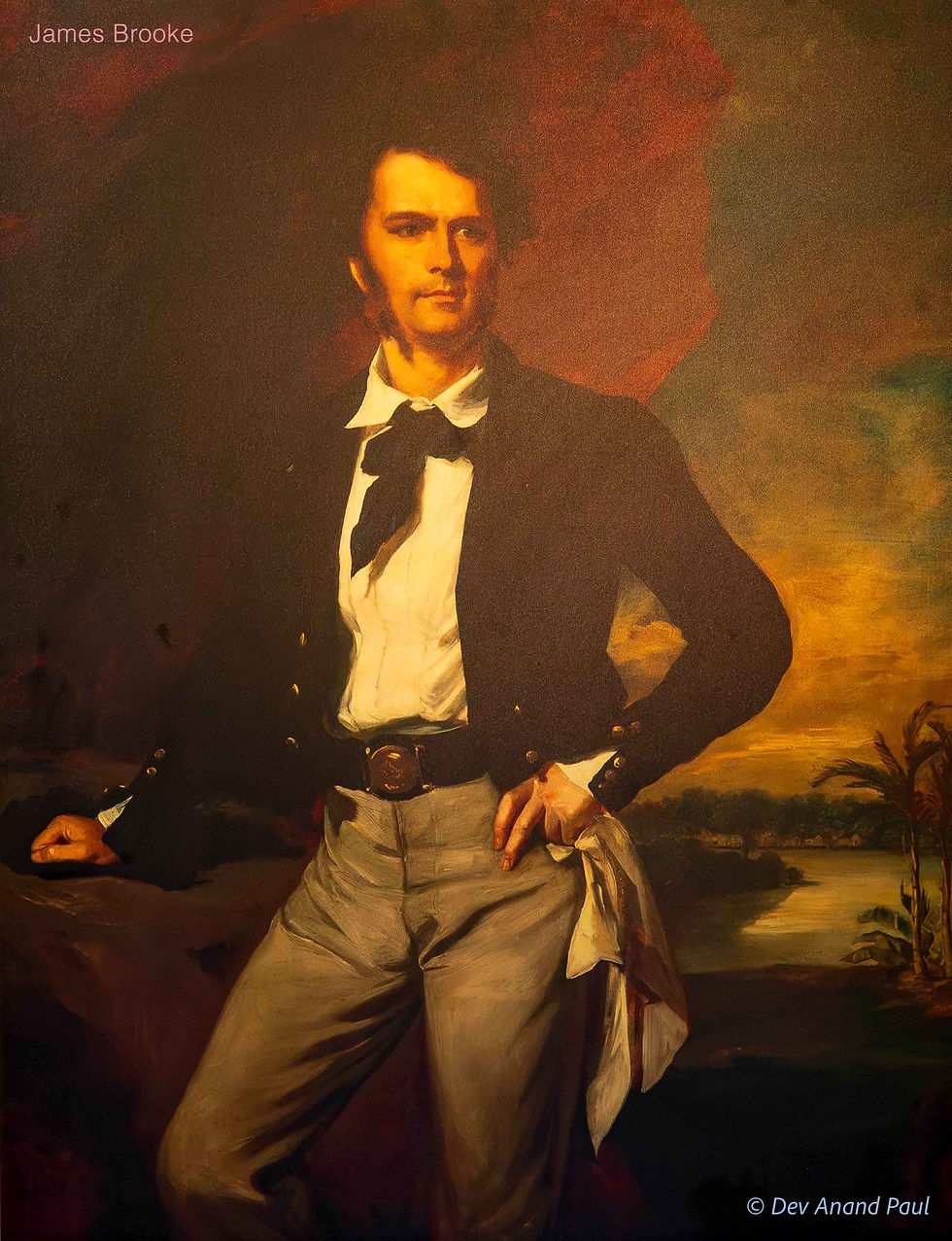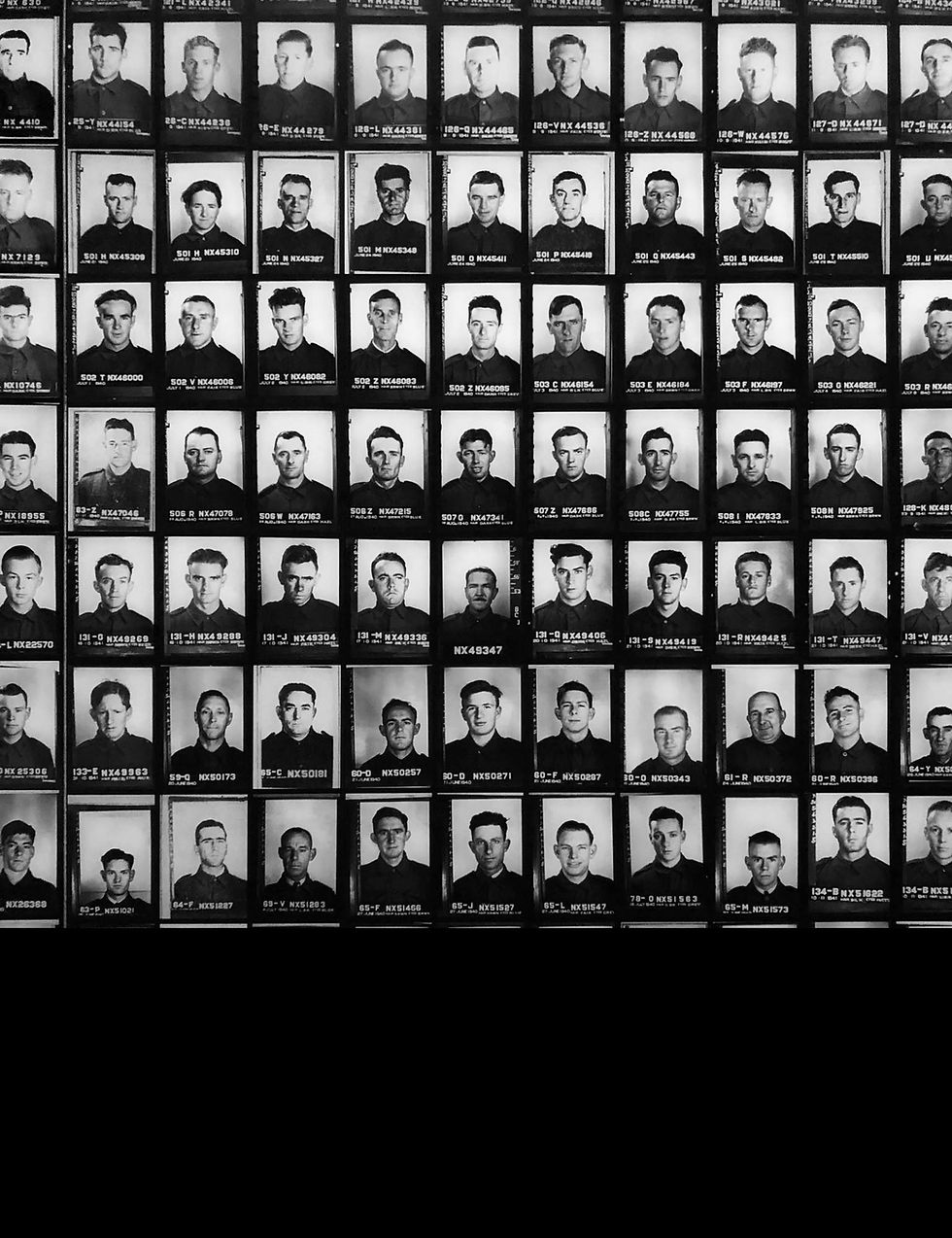Fort Margherita and the White Rajahs: An Empire’s Glory, People’s Silence
- devanandpaul
- Aug 23
- 5 min read
Updated: Aug 24

During my visit to Kuching, in Sarawak, Borneo (Malaysia), I was drawn to a unique part of Borneo’s history—the Brooke dynasty, a European family that ruled Sarawak as their personal kingdom for over a century. To explore this history, I visited Fort Margherita (in Kuching), one of the most iconic landmarks of the era.
This post is about what I saw, what I learned, and how the story of the White rajahs still shapes Sarawak today.
Sarawak Under Brunei
Before the 1800s, the Sarawak region was controlled by the sultanate of Brunei. But in the early 19th century, local uprisings and a weak administration made it difficult for Brunei to manage Sarawak. In 1839, during a time of political trouble, a British private trader and former military officer named James Brooke arrived in Borneo.

At the time, the sultan’s envoy, Pangeran Muda Hashim (a Bruneian prince), was trying to stop a rebellion near Kuching. James Brooke stepped in to help. With better weapons and organized forces, he successfully defeated the rebels. As a reward for his support, the sultan of Brunei appointed him as the Governor of Sarawak in 1841. And by 1842, James Brooke was granted full control over Sarawak, marking the beginning of the Brooke dynasty.
The Brooke Dynasty: 100 Years of Rule
The Brookes ruled Sarawak from 1841 to 1941, not as a formal colony of the British Empire but as their personal kingdom. Known as the White rajahs, they expanded their territory over three generations, creating laws, establishing local administrations, and building infrastructure, including a network of forts to maintain order.

The dynasty had three rulers:
• James Brooke (1841–1868)—the founder
• Charles Brooke (1868–1917)—James’s nephew
• Charles Vyner Brooke (1917–1946)—Charles’s son, the last rajah
The Forts of Sarawak
To protect and control their expanding territory, the Brookes built at least 24 forts across Sarawak, near rivers, towns, and tribal areas, serving as military posts, administrative centres, courts, or jails. They were symbols of Brooke authority.

The forts were constructed with the help of local communities from different ethnic groups—Iban, Malay, Bidayuh, Orang Ulu, Chinese. Most were built with strong local materials like belian wood (ironwood of Borneo); others, with brick.
Today, only 12 forts remain, protected under the Sarawak Heritage Ordinance of 1993. The others have been either demolished or rebuilt for modern use.

Fort Margherita
Fort Margherita, one of the most iconic monuments from the Brooke era, is located along the Sarawak River, in Kuching. It was built in 1879 by the second rajah, Charles Brooke, and named after his wife, Margaret Alice Lili de Windt, the ranee of Sarawak.

Designed based on an English castle, with a square tower, crenelated (battlement-style ) walls, cannon ports, and a small courtyard, the fort was built on a hill to guard the river and protect the capital from pirates and enemy ships. It matched the nearby Astana, the rajah’s official residence.

For many decades, Fort Margherita served as a military post. Every night from 8 p.m. to 5 a.m., guards would walk the walls and shout ‘All’s well!’ every hour. The call was repeated at other key buildings in Kuching, including the Court House and the Treasury, to keep watch and reassure the townspeople.

World War II and the End of the Brooke Rule
In December 1941, amidst World War II, Sarawak was invaded by imperial Japan, bringing an end to the Brooke administration. The last rajah, Charles Vyner Brooke, was forced into exile. He returned after the war only to find the state financially broken.
In 1946, Vyner Brooke officially ceded Sarawak to Britain, ending 105 years of Brooke rule. Sarawak became a British Crown colony, and in 1963, it joined with Malaya and Sabah to form Malaysia.

The Brooke Gallery at Fort Margherita
After years of neglect, the fort underwent extensive restoration under the Department of National Heritage, in partnership with the Sarawak Museum Department and a local architect Mike Boon. It combined traditional building methods with modern waterproofing techniques to preserve the structure from Kuching’s rainy climate. In 2014 the fort was reopened to the public.

It now houses the Brooke Gallery (opened in 2016), a museum that showcases the story of the White rajahs. The exhibition spreads across three floors, each focusing on the era of one rajah—James, Charles, and Vyner. It features original documents, weapons, personal items, and photographs from the Brooke family archives.

You can even see a section of the original 19th-century brickwork, exposed to show how the fort was built.
What I Saw and Felt
Walking through Fort Margherita felt like stepping into a time capsule. The building may be small, but the history inside is vast. The fort overlooks the same river that brought James Brooke to Sarawak. It is easy to imagine what it must have looked like 154 years ago: jungle all around, a schooner on the water, and a watchman on the ramparts calling out through the night.

The gallery is well laid out, and the displays are clear and informative. I appreciated how the story is told from two perspectives—not just the Brooke family’s, but also how their rule affected local communities.
Final Reflections: Beneath the Stones, the Shadows
Fort Margherita stands bright and imposing, its white walls gleaming over the Sarawak River. At first glance, it feels like a relic of romance, but beneath the paint and stone lies another story, one built on power, coercion, and silence.
The Brooke dynasty is often portrayed as protectors of Sarawak—bringing order, ending headhunting (even if it was only to bring order among tribes), and defending the Dayaks (a tribal group of Borneo). Yet their rule was colonial at its core. Power stayed in the hands of a few. Rebellions were crushed, local leaders silenced, and racial hierarchies reinforced. Laws were rewritten to facilitate their control. And anyone resisting their authority was labelled a ‘pirate’. Native justice systems were replaced, and dialogue gave way to the threat of the gun.

Yes, Fort Margherita is striking. The history is unusual. But we must ask: Whose voices were sacrificed to build the legend of the White rajahs? Which traditions were erased or reshaped to promote their rule?
Colonialism often cloaks itself in grandeur. No matter how unique or seemingly benevolent, it still works through control, suppression, and erasure.
The walls of the fort do not just tell the Brookes’ story. They hold the echoes of those who lived under their rule, who resisted, and who have been forgotten.
It is time we questioned.
Related posts:




Comments